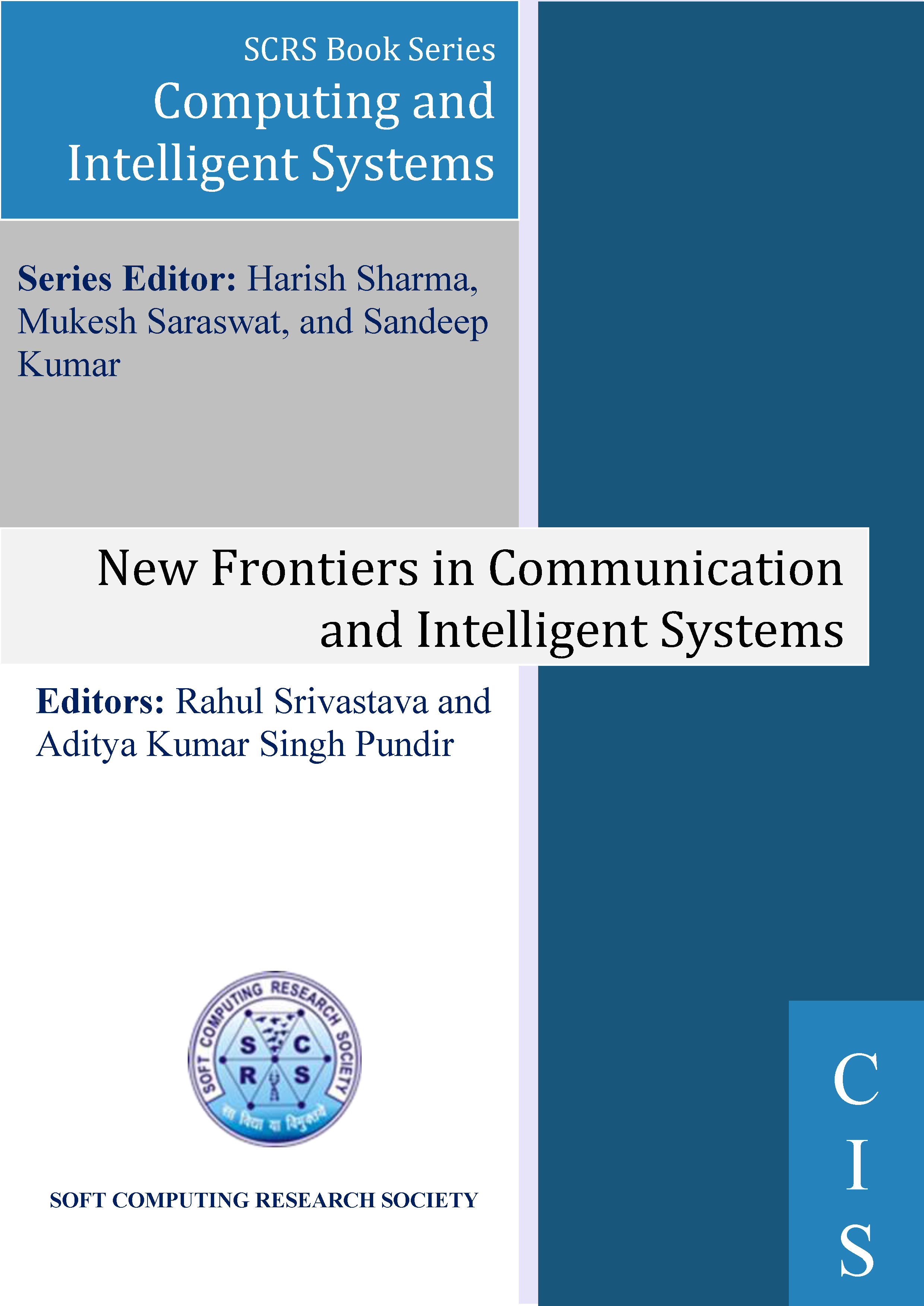
Comparing the Quality Assessment of Image Dehazing Using Different Techniques
Authors: Sarika P. Singh and Gargi Sameer Phadke
Publishing Date: 06-05-2022
ISBN: 978-81-95502-00-4
Abstract
There is serious image degradation in the images taken in the noisy environment such as haze or fog. Our quality assessment of image dehazing using the traditional and modern approach, actively prescribes a solution for the evergreen problem. Our proposed approach tries to throw some light and find a solution to this problem. We are first using the more traditional approach used in Image Processing. The algorithm we use is the Richardson Lucy algorithm. The Richardson Lucy algorithm, also known as Lucy–Richardson deconvolution, is an iterative procedure for recovering an underlying image that has been blurred by a known point spread function. With an ideal point source not present as a point but on the contrary being spread out into what is known as the point spread function. Our subsequent approach is a modern approach of Deep Learning. We are using Single Image Haze removal using DCP methodology to enhance the dehazing performance and flexibility. This modern approach takes into consideration the estimated transmission, refined transmission, atmospheric light to give us the output dehazed images. We are using a dark channel prior Single Image Dehazing method. Finally, we are doing a quality assessment. Here we are performing a comparative analysis by comparing the quality parameters of output images received from dark channel prior and the LR approach respectively.
Keywords
Dehaze, Histogram equalization methods, convolution neural network, Dark Channel Prior, Richardson Lucy algorithm, De-Convolution.
Cite as
Sarika P. Singh and Gargi Sameer Phadke, "Comparing the Quality Assessment of Image Dehazing Using Different Techniques", In: Aditya Kr. Singh Pundir and Rahul Srivastava (eds), New Frontiers in Communication and Intelligent Systems, SCRS, India, 2022, pp. 555-562. https://doi.org/10.52458/978-81-95502-00-4-57